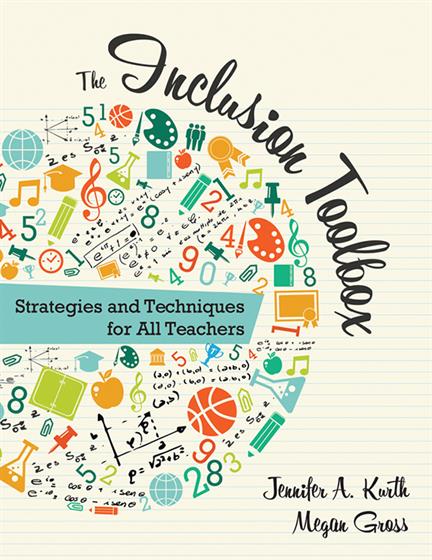List of Pictures
Preface
Acknowledgments
About the Authors
Part I: Setting Up Inclusive Education
1. Introduction to Inclusion
What is inclusive education?
What is successful inclusion?
How do I start an inclusion program?
How do I maintain an inclusion program?
What are the tools in this book?
Why is this book divided into three parts?
2. Leadership for Inclusive Schools
What Inclusive Education Leadership Looks Like
Advocating for Students and Inclusion
Demonstrating Excellence
Developing a Vision for Students and Inclusive Education
Conclusion
3. Supporting Paraeducators to Facilitate Inclusive Education
Hiring New Paraeducators
Preparing a Newly Hired Paraeducator
Creating Staff Binders
Staff Binder Organization
Communicating With Paraeducators
Evaluating Paraeducators
Conclusion
4. Scheduling for Successful Inclusion
Strategies for Scheduling the IEP Meeting
Developing Student Schedules
Developing Comprehensive Student Schedules
Developing Staff Schedules
Substitute Schedules
Conclusion
Part II: Implementing Inclusive Education
5. Implementing Inclusive Instruction
Collaboration Strategies to Implement the IEP
Grading Students in Inclusive Settings
Embedded Instruction
Inclusive Instructional Plans
Data Collection and Progress Monitoring
Conclusion
6. Engaging Students and Families
Introduction
Person-Centered Planning
Family Involvement
Home-School Communication
Engaging Families in Preparing for the IEP
Ability Awareness
Conclusion
7. Collaborating With General Educators and Related Services Providers
Communicating IEP Information
Determining Team Member Roles
Identifying Roles in the Classroom
Communicating About Curriculum
Communicating About a Student’s Day
Troubleshooting Collaboration
Conclusion
8. Social Facilitation Strategies for Inclusive Settings
Peer Involvement and Age-Appropriateness
Social Inclusion Strategies (Elementary)
Social Inclusion Strategies (Secondary)
What to Do If the School Doesn't Offer an Activity That Is Accessible or Interesting to a Student
Strategies for Accommodating Student Involvement
Conclusion
9. Academic Access and Participation
General Adaptations and Universal Design
Creating Specific Adaptations
Develop a List of Common Needs: Adaptations Checklist
In-Advance Adaptations
What About “On-the-Fly” Adaptations?
So What Is a “Good” Adaptation?
Conclusion
10. Supporting Positive Behavior in Inclusive Settings
Functional Behavior Analysis
Behavior Intervention Plan
Reinforcement
Token Economy Systems
Behavior Support Strategies
Self-Monitoring
Conclusion
11. Transition Planning
Transitioning to a New Teacher or School
Transitioning to Elementary School
Transitioning to Middle School
Transitioning to High School
Inclusive Community-Based Instruction
What does IDEA say?
Developing an ITP
Educating Parents
Implementing ITPs
Conclusion
Part III: Expanding Inclusive Practices
12. Co-Teaching
Co-Teaching Models
Starting a Co-Teaching Relationship
Day-to-Day Implementation of Co-Teaching
Plans for Problem Solving
Conclusion
13. Peer Supports
What Are Peer Supports?
Cross-Age Tutors
Peer Tutors
Matching Tutors and Tutees
Conclusion
14. Student-Led IEPs
Rationales for Student-Led IEPs
Strategies for Parents
Strategies for Educators
Strategies to Prepare for the Meeting
Strategies During the Meeting
Strategies After the Meeting
Conclusion
Rationales for Inclusive Related Services
15. Inclusive Related Services
Strategies for Related Service Providers
Strategies for Educators
Strategies for Parents
Conclusion
16. Concluding Thoughts
Fuel for the Journey
Food for Thought
References
Index
Tools Appendix
Resources Appendix




